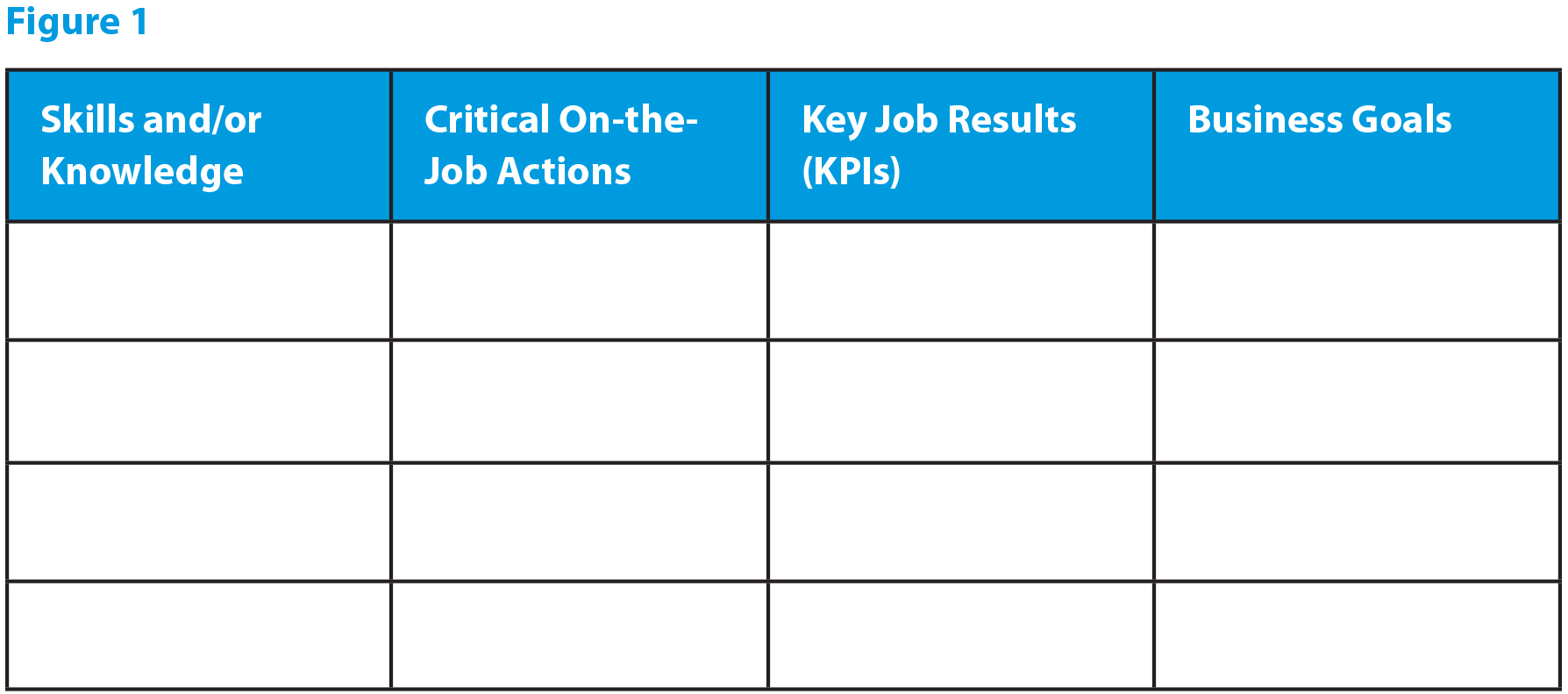 An article in the May2024 issue of LTEN Focus on Training magazine spotlighted using Robert Brinkerhoff's Success Case Method (SCM) to measure the organizational impact of training programs. You can read the article here.
An article in the May2024 issue of LTEN Focus on Training magazine spotlighted using Robert Brinkerhoff's Success Case Method (SCM) to measure the organizational impact of training programs. You can read the article here.
The article ended with a list of the benefits of the SCM:
- Clarifying program goals requires coordination with stakeholders outside L&D.
- It does not require a huge team.
- It does not require a long time span to complete (typically 10to 12 weeks).
- It provides feedback for improving training programs and/or the performance environment.
- Success stories are compelling and easily understood.
- It provides a clear line of sight from training to impact.
This follow-up article will expand on these benefits to provide a fuller picture of why the SCM is so valuable.
Benefit 1: Coordination
Those of us in learning and development (L&D) are frequently advised that we need to get outside our silo. Well, you can't perform a proper SCM analysis without doing this.
Begin with the end in mind, by talking to your colleagues outside L&D and determining what the business expects from the training initiative. What does success look like? What business impact are they expecting? How will you measure that impact? How will you report that impact?
Benefit 2: Small Team Potential
We often hear that there is no budget for impact studies. But the truth is that the SCM does not require a huge team. If you understand the methodology and are prepared to implement it yourselves, it can be done with the part-time effort of two L&D team members over a period of weeks.
If you need an experienced outside consultant, one consultant(with some input from your team) can do it economically, almost certainly for far less than the cost of developing the workshop or course itself.
Benefit 3: Time to Impact
This depends to some extent on the outcome measure(s) you are expecting. How long before you expect to see the impact of the training? It could be a month, two or three, rarely longer than that.
Benefit 4: Providing Feedback
This benefit is particularly important. Unlike other evaluation methodologies, the SCM doesn’t just produce a number; it produces actionable data that can be used to improve the training and/or the performance environment.
Benefit 5: Success Stories
There is an insight, borrowed from economics, that also applies to our profession: “People always want a single number, but what they really need is a story.”
Numbers are fine, of course, and using the SCM doesn’t preclude you from calculating ROI, for example. But the power of SCM comes from the stories you share: how, why and for whom the training worked (and perhaps how and why it failed, if it failed).
These stories speak powerfully to those outside L&D.
Benefit 6: Clear Line of Sight
Part of the SCM methodology is creating an impact map, which provides a clear line of sight from the training to the impact.
(You did this back at Benefit 1.)
Figure 1 shows a sample impact map. Begin on the right by talking to the business leadership and work your way left to design the training you will need to impart the knowledge and/or skills to reach these business goals.

Conclusion
The Success Case Method is becoming increasingly popular because it provides a clear and proven method to measure and achieve business impact. Or, if you haven’t achieved impact, to find out why so you can improve your next training initiative.